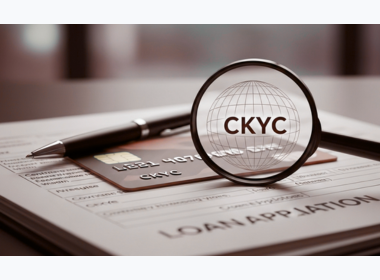Search Suggestions
- Gold Loan
- Money Transfer
- Mutual Funds

Difference Between EPF and EPS: Features and Calculation
The government regularly comes up with various savings schemes for the benefit of its citizens. Two such schemes are- Employee Provident Fund (EPF) and Employee Pension Scheme (EPS). Employees of organizations registered under Employee Provident Fund Organization (EPFO) are eligible for both. The objective of these schemes is to help employees develop a habit of savings and build a retirement corpus. The working of both these plans is quite different; although they serve a common purpose. Employee Provident Fund offers only partial and full lump sum PF withdrawals, whereas, under the Employee Pension Scheme, the EPF pension is paid to the pensioner throughout his lifetime. After the death of the pensioner, the pension is paid to his/her nominee. Both these schemes come under the Employee Provident Fund and Miscellaneous Provisions Act, of 1952 and are managed by the Employee Provident Fund Organization (EPFO). You can check your claim status on the EPFO portal.
What is Employee Provident Fund or EPF?
EPF (Employee Provident Fund) is a savings-oriented retirement benefit plan where both employer and employee contribute 12% of the employee’s basic salary and dearness allowance (DA). The employer’s contribution is further broken down into 3.67% towards EPF and 8.33% towards EPS pension. The investment earns a fixed rate of interest that is regularly reviewed by the government.
Calculation of EPF
In the case of EPF, both the employee and employer contribute to the account.
Employee’s Contribution = 12% of Basic Salary + Dearness Allowance
Employer Contribution = 3.67% of Basic Salary + Dearness Allowance
Example: Let us assume an employee’s basic salary + dearness allowance= ₹ 15000
Therefore,
Employer Contribution = 3.67% of ₹ 15,000 = ₹ 550
So, a salaried employee's total EPF contribution (employee + employer) with a monthly income of ₹ 15,000 would be ₹ 2,350 (₹ 1,800+₹ 550).
What is Employee Pension Fund or EPS?
The scheme is available to all the employees who are members of the EPFO. Unlike EPF, only the employer has to contribute 8.33% of the 12% share of the employee’s basic salary and DA. Upon retirement, a pension is paid to the pensioner and to his nominee after his death.
Calculation of EPS
Employers contribute 8.33% of the 12% of an employee’s salary (basic + dearness allowance) to their EPS account. However, there is a cap of ₹ 1,250 on the maximum amount that can be contributed towards the EPS scheme.
Example: Let us assume an employee’s basic salary + dearness allowance= ₹ 15000
Therefore,
Employee Contribution = NIL
Employer Contribution = 8.33% of ₹ 15,000 = ₹ 1250
Comparison and Difference Between EPF and EPS
EPFEPS
Employee Contribution12% of base pay and DANIL
Employer Contribution3.67% of base pay and DA8.33% of base pay and DA
EligibilityAll employees are eligible to apply for EPF. However, an organization with more than 20 employees is eligible for EPFO.Employees whose salary does not exceed ₹ 15,000. However, an organization with more than 20 employees is considered eligible.
Cap on ContributionEmployees can increase their contribution with no upper limit capping.Contribution by the employer is limited to 8.33% on salary up to ₹ 15,000, i.e., ₹ 1,250 per month.
Withdrawal AgeEmployees can withdraw this fund as a lump sum after 58 years of age or if unemployed for more than 60 days.Employees are eligible for receiving the pension after attaining 58 years of age.
Partial WithdrawalPF withdrawal is allowed for certain life events such as marriage, loss of job, medical reasons etc. However, if the employee withdraws the full amount before 5 years of service, the withdrawn amount becomes taxable.A lump-sum amount can be withdrawn from the fund after completing 10 yrs of service. An employee after achieving age 50, is eligible for an early pension.
Interest RateInterest Rates are reviewed every financial year.No interest is paid on EPS.
Interest PaymentThe interest is calculated every month and paid annuallyNo interest is paid on EPS.
Tax PolicyThe interest received from the EPF is tax-exempt. However, tax is applicable on contributions greater than ₹ 2.5 lakh. Further, if the fund is withdrawn before 5 yrs, the Tax Deducted at Source (TDS) is applied at 10% on the EPF balance.The lump-sum amount and pensions are taxable when received under EPS Pension.
80C deductions for employeesDeduction of up to ₹ 1.5 lakh of the employee contribution is exempted under Section 80C.There’s no employee contribution in this case and hence no deductions.
- Apply PAN Card Online
- Application
- Eligibility
- Documents Required Forms
- Form 49A
- Form 49AA
- Fees
- Correction & Update
- NRI PAN Card
- Tracking
- Penalty
CATEGORIES
OUR SERVICES
-

Credit Score
-

Gold Loan
-

Personal Loan
-

Cibil Score
-

Vehicle Loan
-

Small Business Loan
-

Money Transfer
-

Insurance
-

Mutual Funds
-

SME Loan
-

Corporate Loan
-

NCD
-

PAN Card
-

NPS
-

Custom Offers
-

Digital & Cashless
-

Milligram Rewards
-

Bank Mapping
-

Housing Finance
-

#Big Business Loan
-

#Gold Loan Mela
-

#Kholiye Khushiyon Ki Tijori
-

#Gold Loan At Home
-

#Sunherisoch
RECENT POSTS
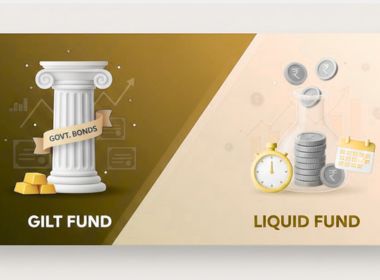
Gilt Fund vs Liquid Fund: Full Form, Meaning & SIP Guide
Know More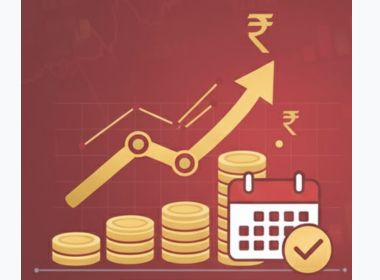
XIRR in Mutual Funds & SIP: Full Form, Meaning, Formula and How to Calculate
Know More
7 Key Factors to Consider Before Taking an SME Loan
Know More
Difference Between Black Gold and Gold: Everything You Need to Know
Know More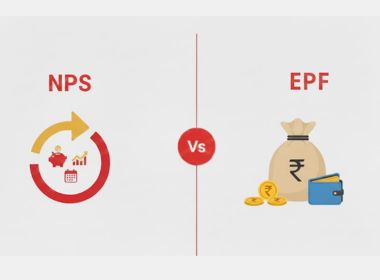
NPS vs EPF: Everything You Need to Know About Retirement Savings
Know More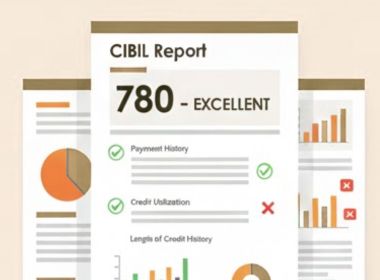
What is a Credit History? Impact on Credit Score and Credit Report
Know More
Loan Closure Vs. Loan Settlement: Meaning, Benefits, and CIBIL Score Impact
Know More
Is Silver the New Gold? A Look at 2025 Price Trends
Know More
What Are the Various Types of Equity Funds and How They Work?
Know More
Why Are Gold Loans Becoming the Most Preferred Financial Option in 2025?
Know MoreFIN SHORTS

What Are Co-Pay and Deductibles in Insurance Policies?
Know More
Should You Take a Loan Against Your Mutual Fund or SIP?
Know More
Top 5 Best Mid-Cap Mutual Funds to Watch in 2026
Know More
Are Personal Loans Right for Retirees? Key Points to Consider
Know More
What Happens to a Personal Loan After the Borrower Dies?
Know More
Best Loan Choices for Credit Scores of 580 and Below
Know More
7 Reasons Why a Gold Loan Is the Best Option for Small Businesses
Know More
10 Reasons Why People in India Prefer Physical Gold
Know More
Real Estate vs Gold: Which Is a Better Investment in India?
Know More
10 Common Mistakes That Make Investors Lose Money in Mutual Funds
Know More
10 Reasons Why Gold Has So Much Appeal in Uncertain Times
Know More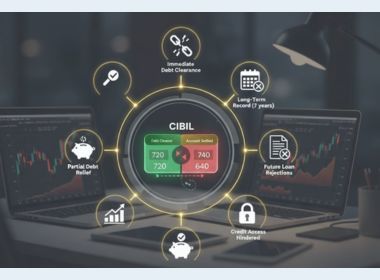
7 Ways Settling Debt Can Impact Your CIBIL Score
Know More- South +91 99469 01212
- North 1800 313 1212




